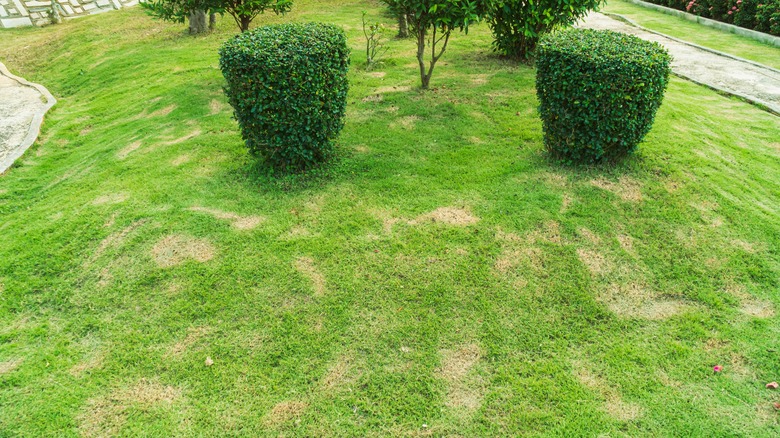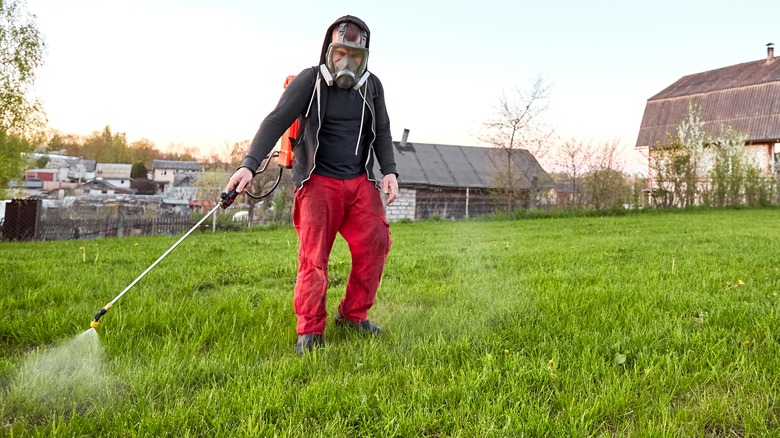What Is Brown Patch Lawn Disease And How Do You Treat It?
Having a lush, green lawn is a personal goal for many homeowners with a big yard. Who wouldn't want to be the envy of every other house on the block? There are numerous benefits to having a healthy lawn, including erosion control, better air quality due to the plants releasing fresh oxygen into the atmosphere, noise pollution control, and, of course, aesthetics.
However, some elements of nature can also work against you and your lawn by attacking the health of the grass plants. One common disease that affects them is brown patch lawn disease.
If you've sighted some round patches on your lawn that are discolored with yellow and brown, then chances are your grass is suffering from this disease. It can quickly change the face of your lawn, but that doesn't mean you need to fret. Brown patch is usually treatable, but you have to be aware of what causes it, how to counter it with treatment, and how not to exacerbate the condition.
Brown patch affects some species of grass more than others
If you have a lawn, then the first truth you need to accept is that not all grasses are created equally. Some are resistant to certain diseases while others aren't. According to TruGreen, brown patch lawn disease is a fungal disease, also known as Rhizoctonia blight, and it affects grasses such as bentgrass, tall fescue, Kentucky bluegrass, and perennial ryegrass. It mostly occurs in areas of high temperature and increased humidity, which means that it tends to be seasonal, usually attacking lawns in the summertime and early fall. Nevertheless, the disease can still occur in cooler temperatures.
Brown patch lawn disease has a specific look you can't miss, but it can also vary in appearance depending on the species of the grass in your lawn. When your grass is infected, the disease takes hold of a handful of grasses before spreading out to other blades, forming a circle of brown grass on the outer ring and yellow grasses inside. However, sometimes the infection leaves the grasses on the inside and they go back to their original green color, according to Texas A&M AgriLife Extension.
Fungicides and water regulation can help prevent brown patch disease
Watching your lawn become infected with brown patch lawn disease can be frustrating, particularly if you've been doing everything right. However, you can rest assured that there's not much you could've done. Brown patch lawn disease is not an easily preventable condition, especially if you live in areas with rampant humidity. Per TruGreen, you can do your part to minimize its onset by watering your lawn early in the morning so that excess moisture can evaporate by midday. Too much moisture encourages the fungus to activate and spread across your lawn, so aerating your yard every other year doesn't sound like a bad idea either.
One of the most effective ways, however, to prevent brown patches is by using a fungicide before the disease takes hold. Otherwise, you'll just have to wait the infection out until it leaves as the humidity begins to drop. Another option is to make sure you don't overdo it with the fertilizer. Your soil should have an adequate supply of enriching nitrogen fertilizer but don't use too much of it in the summer.
Brown patch lawn disease isn't something to be afraid of if it does begin to manifest in your yard. While being able to prevent it might be a dice roll, eventually, it does clear up on its own.


